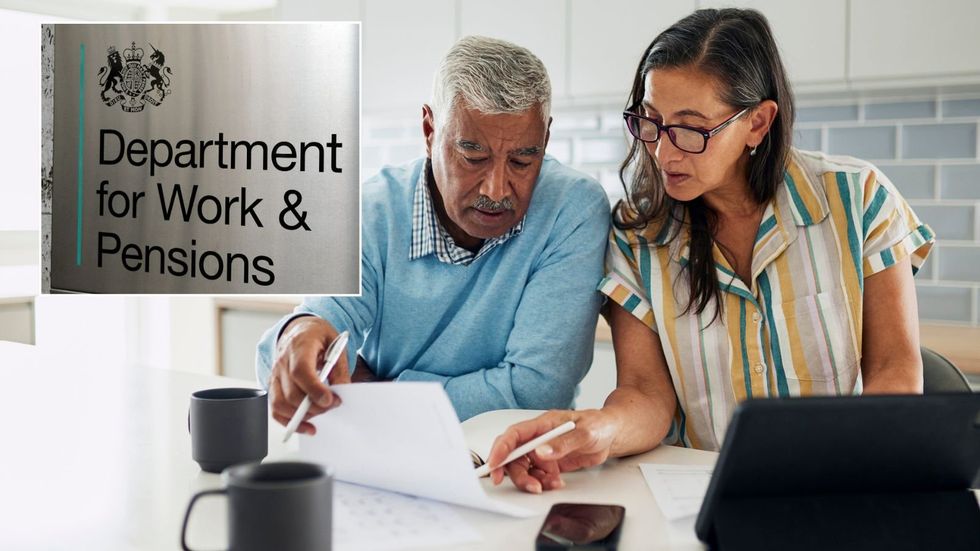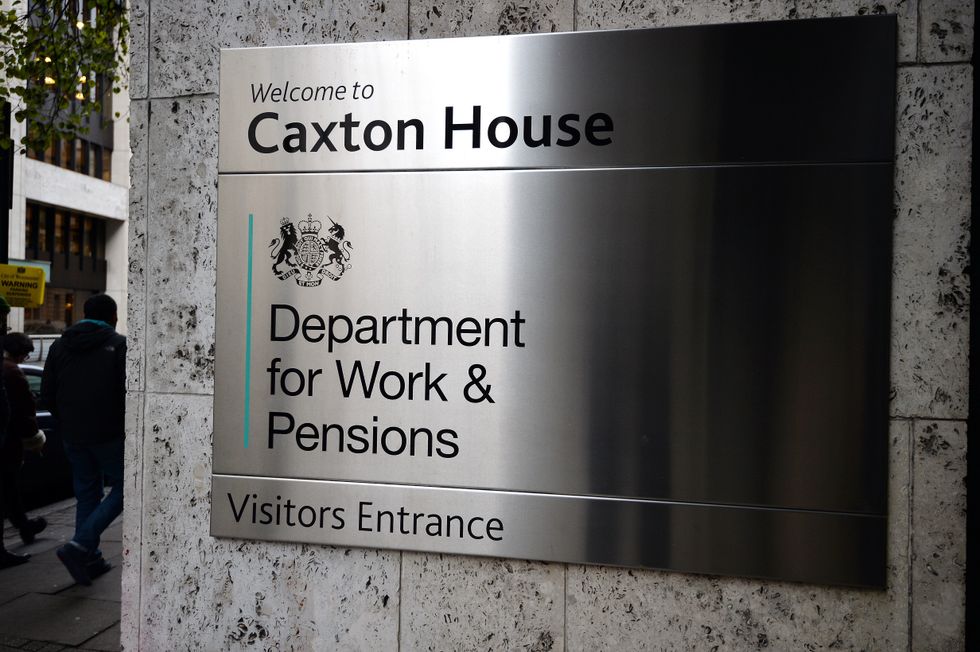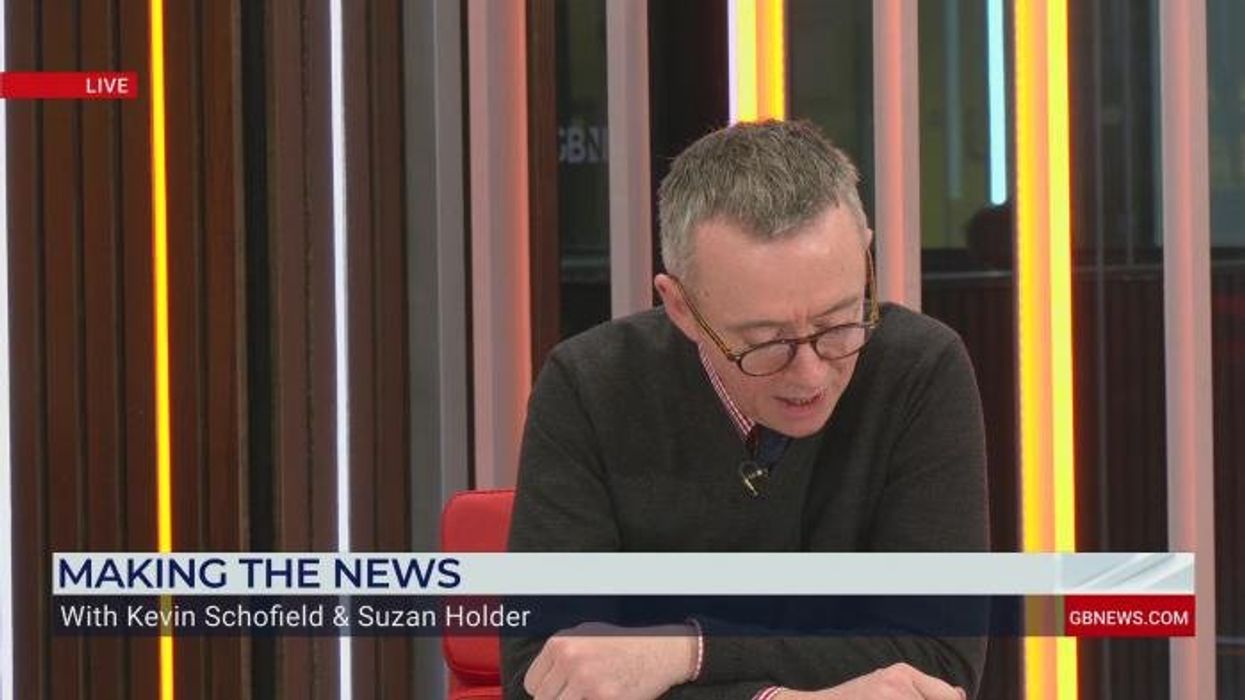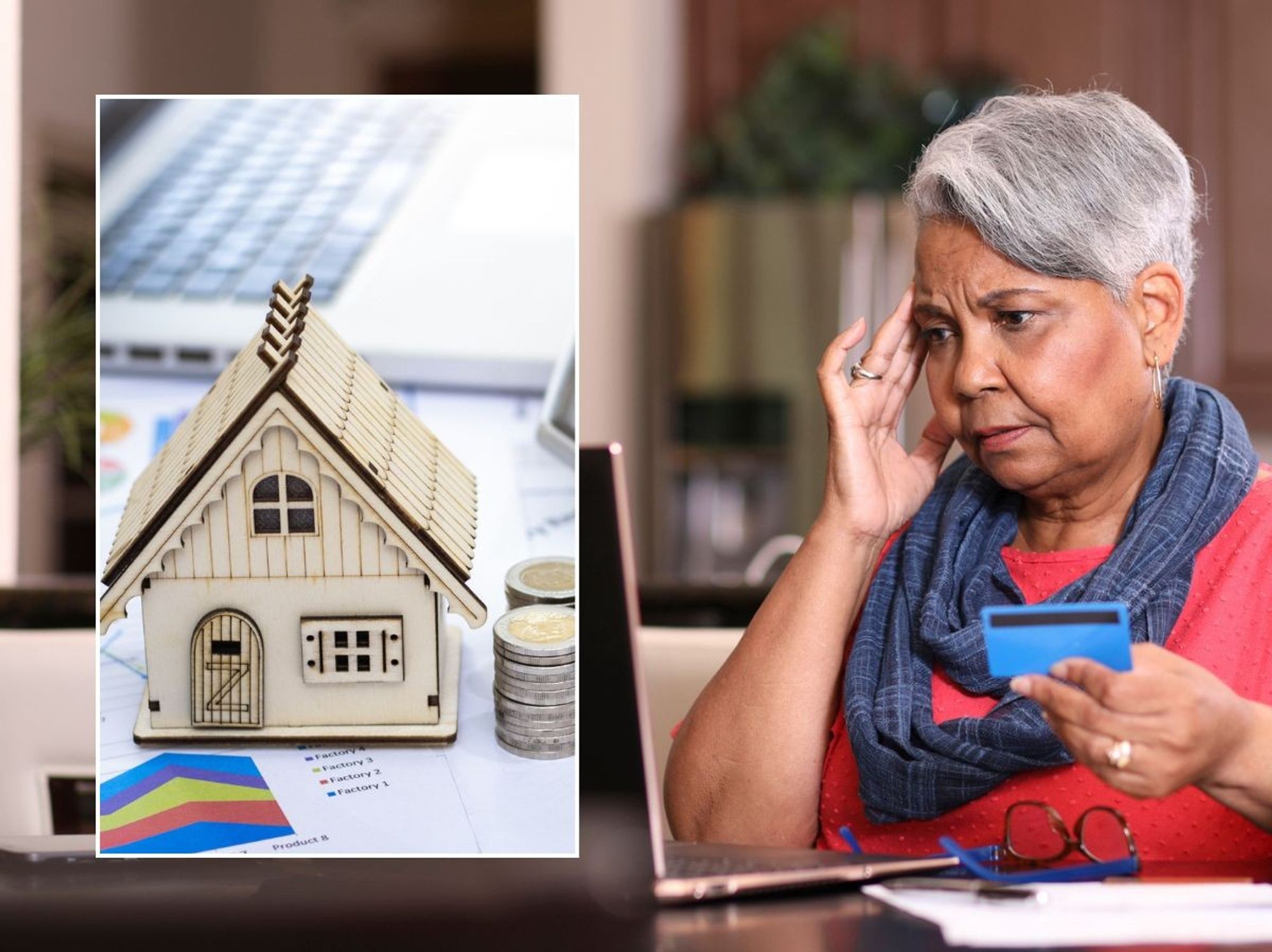DWP benefits to rise more than expected next April – see how much you'll get from Universal Credit to PIP

Benefits such as Universal Credit, PIP and Carer's Allowance increases every year to keep pace with rising costs
Don't Miss
Most Read
Latest
Millions of people on benefits are set for their biggest payment boost in more than a decade next April, with the government now facing an £18billion bill.
Most state benefits will rise in line with September’s inflation rate of 3.8 per cent, while those on Universal Credit are set to get an even bigger uplift.
Under the new Universal Credit Act introduced to Parliament this year, payments will rise by more than inflation from April 2026 to help close the gap left by the government’s four-year benefit freeze between 2015 and 2019.
This means claimants on the standard allowance are set to receive an extra 2.3 per cent increase on top of the inflation-linked 3.8 per cent rise, bringing their total uplift to around 6.2 per cent.
According to figures from the Joseph Rowntree Foundation (JRF), the standard allowance is expected to increase from £92 to £98 per week for single people, and from £145 to £154 per week for couples.
However, the charity warned that this still falls short of what many need to cover basic living costs, estimating that a single person requires at least £120 a week and a couple £205 to afford essentials.
Chris Belfield, chief economist at JRF chief economist explained most people on Universal Credit still cannot afford basic essentials such as food and heating, even with the 6.2 per cent rise. He warned that small annual increases are not enough, saying the standard allowance "has never reflected what those essentials actually cost."
The Turn2us charity also warned that high rents, childcare and energy bills continue to make life difficult for many households. Anna Stevenson, a benefits expert at the charity, said while the rise is "a step in the right direction", it follows "decades of erosion" and support "remains at one of its lowest ever levels in real terms and as a proportion of average earnings".
She added: "Many households will still struggle to meet basic costs because rents, childcare and energy have risen far faster."
A spokesperson for the Department for Work and Pensions said: "We’re shifting our focus from welfare to work, skills, and opportunities, so more people can move out of poverty and into good, secure jobs as part of our Plan for Change. We’re also sustaining the main rate of Universal Credit above inflation for the first time and rebalancing the benefit’s rates to reduce the perverse incentives that encourage ill health."

DWP benefits to rise more than expected in April
| GETTYGovernment benefit increases
The government is legally required to raise certain benefits each year in line with inflation, including Personal Independence Payment (PIP) and Carer’s Allowance.
Most benefits will increase by 3.8 per cent from April, with formal confirmation expected in next month’s Autumn Budget.
Payments rising include Disability Living Allowance (DLA), Attendance Allowance, Incapacity Benefit, Severe Disablement Allowance, Industrial Injuries Benefit, Additional State Pension, Guardian’s Allowance and Universal Credit.
Personal Independence Payment (PIP)
PIP helps people with long-term illnesses or disabilities manage daily living costs. Payments are set to increase by 3.8 per cent from April.
- Daily living (higher rate): £110.40 to £114.59
- Daily living (lower rate): £73.90 to £76.71
- Mobility (lower rate): £29.20 to £30.31
- Mobility (higher rate): £77.05 to £79.98

Rates will increase by 3.8 per cent
| PACarer’s Allowance
This benefit supports those providing at least 35 hours of weekly care to someone with a qualifying disability. The weekly rate will rise from £83.30 to £86.47, a 3.8 per cent increase.
Disability Living Allowance (DLA)
DLA helps with disability-related costs and is now only available for children under 16, though some adults still receive legacy payments.
Rates will increase by 3.8 per cent:
- Care component: £110.40 to £114.59 (high), £73.90 to £76.71 (middle), £29.20 to £30.31 (low)
- Mobility component: £77.05 to £79.98 (high), £29.20 to £30.31 (low)

Attendance Allowance supports people with severe disabilities who need personal care
| PEXELSAttendance Allowance
Attendance Allowance supports people with severe disabilities who need personal care. From April, payments will rise by 3.8 per cent to £76.71 (lower rate) and £114.59 (higher rate).
State pension
Under the triple lock, the state pension will rise by 4.8 per cent in April - the highest of inflation, 2.5 per cent, or wage growth.
The Office for National Statistics found that average earnings, including bonuses, grew by 4.8 per cent in the year to July 2025, triggering the earnings-based increase. This means the new state pension, paid to those who reached pension age after April 2016, will be around £10 higher than if the rise had been based on last month’s figures.
Under the revised calculation, the weekly payment is expected to increase to £241.30 from April.
More From GB News











